I often need to share a document with a few reviewers / contributors, and I hate sending attachments. Attachments are redundant, wasteful, and if you start marking up different copies of the same document, then emailing them around, you’re in for a major version-control nightmare.
The clean solution: share an online document. But which platform to use? I use Zoho applications, widely recognized to be the best. But until today, there’s been one obstacle to unlimited, open collaboration: users had to create a Zoho account first. Not that it was complicated (30 seconds?), but some people will stay away from apps requiring account registration as a principle.
 The solution? Well, if you have any sort of online presence, chances are you already have an account either with Yahoo or Google. From now on you can use these credentials – yes, your Google / Yahoo account – to log in to Zoho applications. No more worrying whether the other party can access your shared documents.
The solution? Well, if you have any sort of online presence, chances are you already have an account either with Yahoo or Google. From now on you can use these credentials – yes, your Google / Yahoo account – to log in to Zoho applications. No more worrying whether the other party can access your shared documents.
The Zoho team points to a poll ran by Lifehacker last year. Obviously there are more Google than Zoho users. But look at the reason: most already have a Google account, and refuse to create another one for Zoho. Those who actually tried both system prefer Zoho by a 3:1 margin. So it clearly made sense for Zoho to remove the bottleneck and open up to their systems.
But I suspect this is just the beginning. TechCrunch France Editor Ouriel Ohayon and ZDNet’s Dennis Howlett raised the issue of mass importing one’s Google documents to Zoho. I think it would make sense, although I don’t necessarily like importing – it’s a one-time shot.
Why not just make all documents available to online users, no matter where they were created? You should be able to list your Google and Zoho documents, open them, edit them, and save to whichever format (and storage) you want to.
Either way I’m sure we’ll see more open access and collaboration coming soon. 
(Disclosure: I’m an Advisor to Zoho)


 . But even I used very limited Excel macros in the past, although typically be recording and editing afterward, rather than writing them in Visual Basic. Now Zoho Sheet can interpret VB directly, without using Microsoft’s back-end, and that means you can import your Excel spreadsheet, the macros no longer die. No other spreadsheet (other than Excel itself) supports VB macros.
. But even I used very limited Excel macros in the past, although typically be recording and editing afterward, rather than writing them in Visual Basic. Now Zoho Sheet can interpret VB directly, without using Microsoft’s back-end, and that means you can import your Excel spreadsheet, the macros no longer die. No other spreadsheet (other than Excel itself) supports VB macros.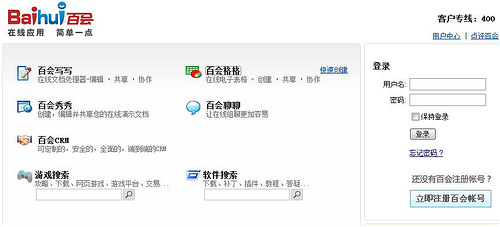
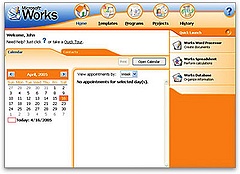 MS Works is nowadays widely considered a “dumbed down” version of its big brother, the real MS Office suite, but I beg to disagree.
MS Works is nowadays widely considered a “dumbed down” version of its big brother, the real MS Office suite, but I beg to disagree. Outlook read backwards is Kooltuo. Wow, it would make a good startup name
Outlook read backwards is Kooltuo. Wow, it would make a good startup name

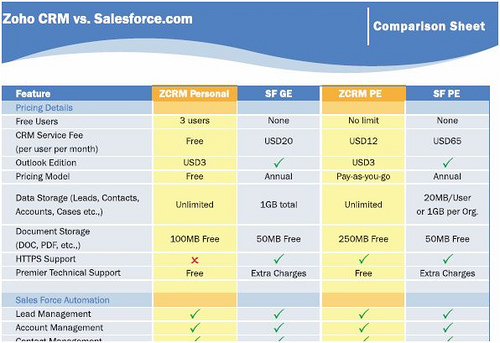
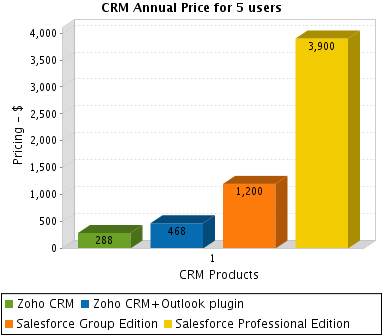
 .
. 
 Yes, the title isn’t a mistake: TechCrunch is no longer just powerful media, Mike now can single-handedly release new products.
Yes, the title isn’t a mistake: TechCrunch is no longer just powerful media, Mike now can single-handedly release new products.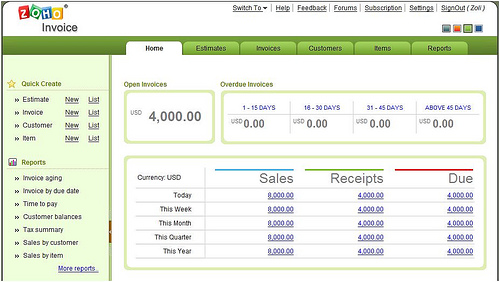




 ) and explain what I see from that angle.
) and explain what I see from that angle. Zoho, best known for their Web-based Productivity (Office+) Suite today released
Zoho, best known for their Web-based Productivity (Office+) Suite today released 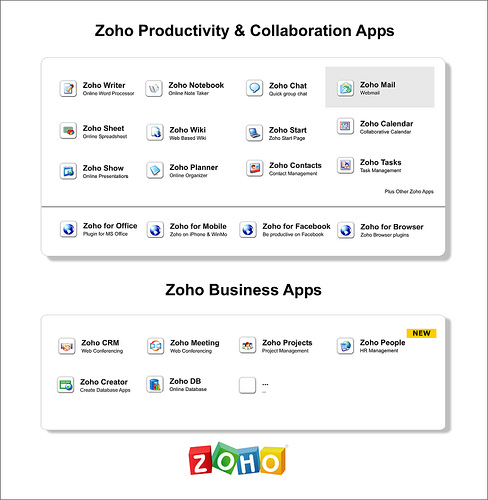

Recent Comments